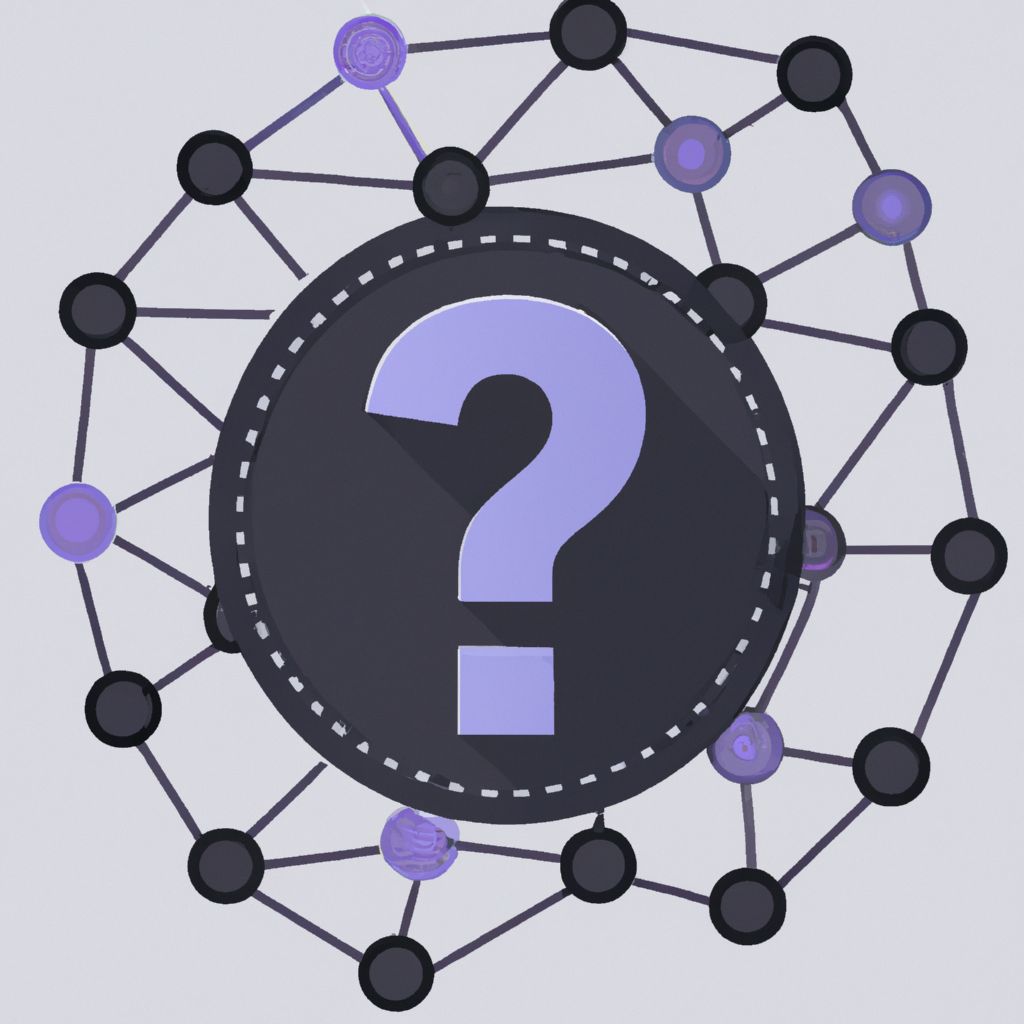In the constantly evolving landscape of cybersecurity, few threats loom as large or as unpredictably as the "zero-day." These elusive vulnerabilities represent a significant challenge for defenders, capable of bypassing traditional security measures. But what exactly are they, and how can organizations protect themselves against an unknown threat?
What is a Zero-Day Vulnerability?
A zero-day vulnerability is a flaw or weakness in software, hardware, or firmware that is unknown to the party responsible for patching or fixing it—typically the vendor. The term "zero-day" refers to the fact that the vendor has had zero days to address the vulnerability since its discovery (often by malicious actors).
When attackers develop code to exploit such a vulnerability, it's called a zero-day exploit. Because the vulnerability isn't publicly known and no patch exists, attacks leveraging zero-day exploits can be highly successful.
Why Are Zero-Day Exploits So Dangerous?
The primary danger of zero-day exploits lies in their ability to circumvent conventional security defenses. Traditional antivirus software and intrusion detection systems often rely on signatures—known patterns associated with malware or attacks. Since a zero-day exploit is, by definition, new and unknown, it won't have a matching signature.
This means:
- Stealth: Attacks can go undetected for extended periods.
- No Immediate Fix: Until the vendor becomes aware of the vulnerability and develops/releases a patch, systems remain exposed.
- High Impact Potential: Attackers can use zero-days to gain initial access, escalate privileges, exfiltrate data, or deploy ransomware before defenses can react.
Defense-in-Depth: The Strategy Against the Unknown
While completely preventing zero-day attacks is practically impossible (you can't patch what you don't know exists), organizations are not helpless. The most effective strategy is defense-in-depth, also known as layered security. This approach involves implementing multiple layers of security controls, assuming that some layers might fail, but others will provide backup protection or detection capabilities.
If one layer is bypassed by a novel zero-day exploit, other layers can still detect suspicious activity, limit the attacker's movement, or mitigate the potential damage.
Key Defensive Layers and Strategies
A robust defense-in-depth strategy against zero-days incorporates several key components:
- Timely Patch Management (for Known Vulnerabilities): This might seem counterintuitive for zero-day defense, but it's crucial. Patching known flaws promptly reduces the overall attack surface. Many sophisticated attacks chain multiple exploits together. By eliminating the known vulnerabilities, you make it harder for attackers to succeed, even if they possess a zero-day for initial access.
- Endpoint Detection and Response (EDR): Unlike traditional antivirus, EDR solutions focus on monitoring endpoint behavior. They look for anomalies, suspicious process execution, unusual network connections, or tactics commonly used by attackers after gaining access. EDR can often detect the activity resulting from a zero-day exploit, even if the exploit itself isn't recognized.
- Intrusion Prevention Systems (IPS) / Next-Gen Firewalls (NGFW): Advanced IPS and NGFW solutions go beyond simple port blocking. They can analyze traffic patterns, detect common exploit techniques (like buffer overflows or SQL injection attempts, even against unknown vulnerabilities), and identify anomalous network behavior that might indicate a zero-day attack in progress.
- Web Application Firewalls (WAFs): For web-facing applications, WAFs provide a critical layer. Modern WAFs often include behavioral analysis and machine learning capabilities to detect and block common web attack vectors (like cross-site scripting or injection attacks) based on technique, not just specific signatures, offering protection even against unknown flaws.
- Strong Access Controls & Least Privilege: Implementing the principle of least privilege ensures that users and systems only have the minimum permissions necessary to perform their functions. If an attacker compromises an account or system via a zero-day, strict access controls limit their ability to move laterally, escalate privileges, or access sensitive data.
- Network Segmentation: Dividing the network into isolated segments prevents an attacker who compromises one part of the network (potentially via a zero-day) from easily accessing other critical areas. This contains the breach and limits the potential impact.
- Vulnerability Management & Threat Intelligence: Proactive vulnerability scanning helps identify and remediate other weaknesses that could be chained with a zero-day. Subscribing to threat intelligence feeds can provide early warnings about active campaigns, targeted malware, or indicators of compromise (IoCs) potentially related to undisclosed vulnerabilities being exploited in the wild.
- Zero Trust Architecture (Briefly): The principles of Zero Trust—never trust, always verify; enforce least privilege; assume breach—inherently strengthen defenses against all threats, including zero-days. By continuously authenticating and authorizing access based on context, Zero Trust makes it significantly harder for an attacker to leverage a compromised entry point.
Conclusion: Proactive and Layered Defense is Key
Zero-day vulnerabilities represent a persistent and challenging threat. While no single solution offers guaranteed protection, a proactive, multi-layered security strategy significantly reduces the risk and potential impact. By focusing on rapid patching of known flaws, deploying behavior-based detection tools like EDR, implementing strong access controls and segmentation, and staying informed through threat intelligence, organizations can build resilience and defend effectively against even the unknown threats lurking in the digital shadows.
Disclaimer: This post represents the view of the individual author that wrote it and not necessarily the view of Rarefied Inc.
Looking for professional security testing?
Based on your interest in this topic, you might benefit from our specialized security services:
